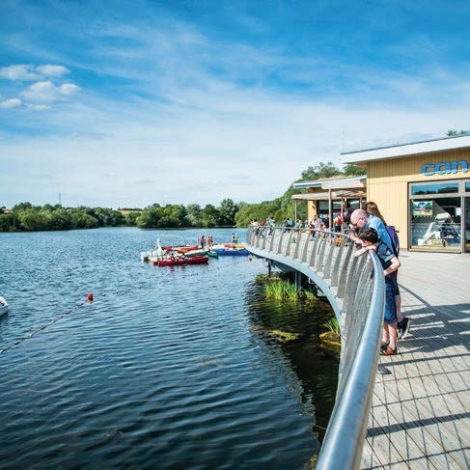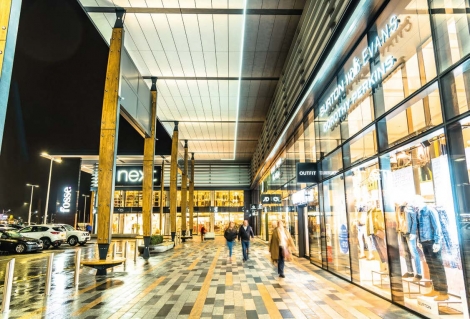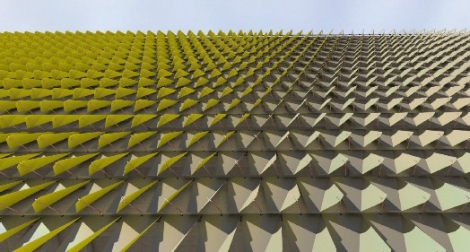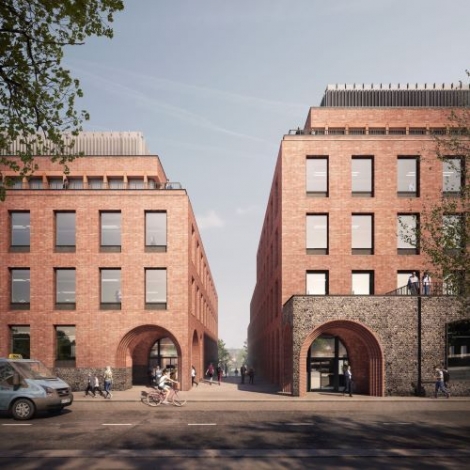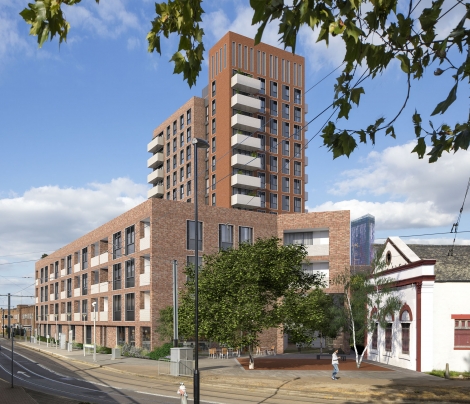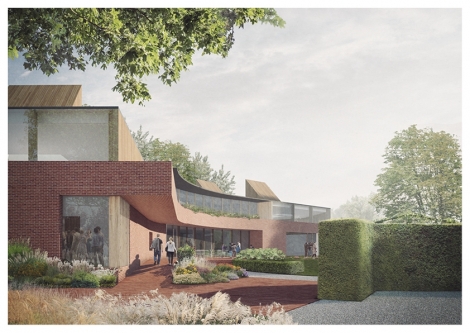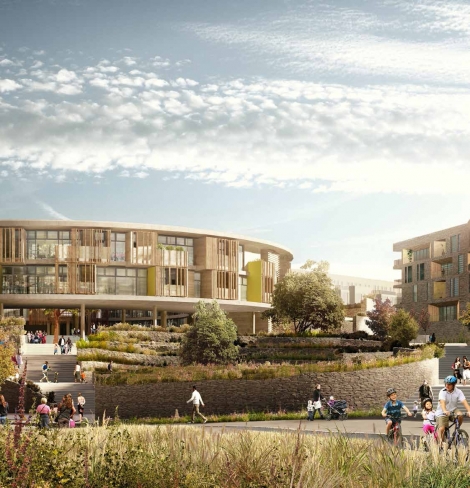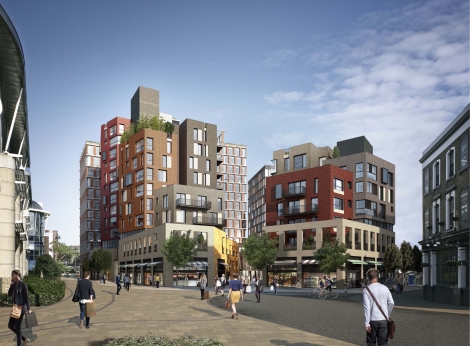Trinity is a state funded secondary Free school with a vision to be an outstanding, high-achieving Christian School.
S Williams Architects was commissioned by the Trinity school Trust and latterly Trinity school to assist and provide Client Advisory Services for the development of this scheme.
Initially Sarah and the client team were involved in site searches for both the permanent and temporary school sites. Work was undertaken to develop the brief and feasibility studies for both the permanent school and also a temporary school that would accommodate two year groups whilst the new building is under construction.
The school opened in September 2013 in the temporary accommodation.
Temporary School - Riverhead, Kent
After an extensive site search, the school’s team and EFA negotiated the lease on a vacant office building in Riverhead, Sevenoaks and undertook design work to convert the existing building for use as a school. Working closely with the Trust and the EFA technical team, Sarah Williams of S Williams Architects, was retained by the school to provide input into the process and helped define a brief, schedule of areas and layouts for the building to ensure it met the expectations of the Head Teacher and the Trust. The programme was very challenging as the school was due to open in September 2013, having taken possession of the building in May 2013.
The school used the new legislation of ‘permitted development rights’ due to the tight timescales, which allowed the school to move in without going through the standard planning permission procedures. The school is now applying for planning permission to extend for another year.
The buildings have very large, light filled classroom spaces and a large dining/assembly space. The children have external hard play space and use local amenities for sports activities. The building is functioning very well and can be used flexibly.
Permanent School – Sevenoaks, Kent
S Williams Architects was commissioned by Trinity school Trust to assist during the extensive site search early on in the process to help refine their site requirements. Sarah also helped to define the brief, develop a schedule of accommodation, adjacency diagrams and produced a concept design for a site in Sevenoaks that was the favoured option at that time.
The team was then asked to consider an alternative site in the green belt that was latterly used as a school but is subject to political difficulties. Sarah has remained the school’s client adviser throughout the process and has inputed into the development of the design by Wilmott Dixon and Bond Bryan Architects (on behalf of Kent County Council).
Although different from the original S Williams Architects scheme, the school design proposed by Wilmott Dixon has been reworked to contain many of the critical original design elements that were important to the school. This includes a large central flexible worship space that can accommodate the whole school, and the division of the teaching spaces into four ‘colleges’ or learning areas. The gross floor area of the school is 6500m2 and it sits in a landscaped setting with various external play areas. Due to its location in the green belt, the massing and siting of the building has been very important and the highways issues have been critical. The site is shared with a grammar school annex, and a joint planning application was approved in July 2014. The building was completed in 2016 and is now looking to open their sixth form.


